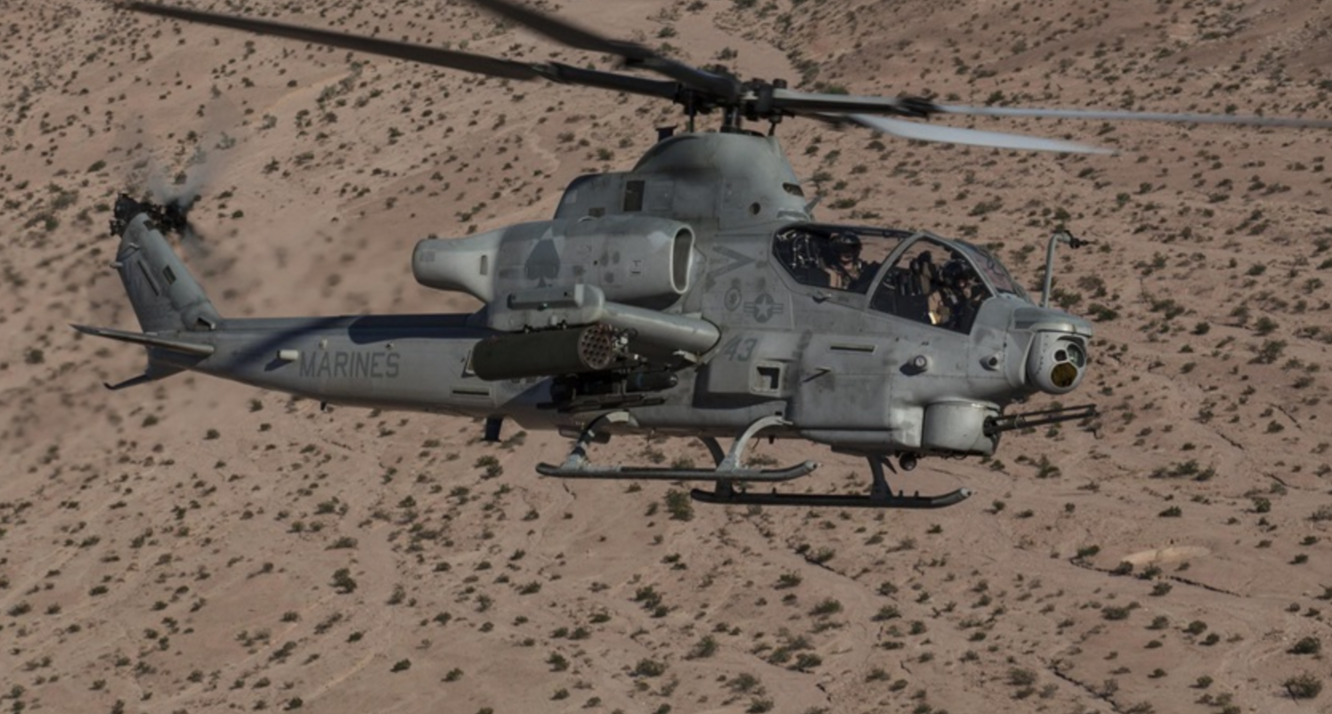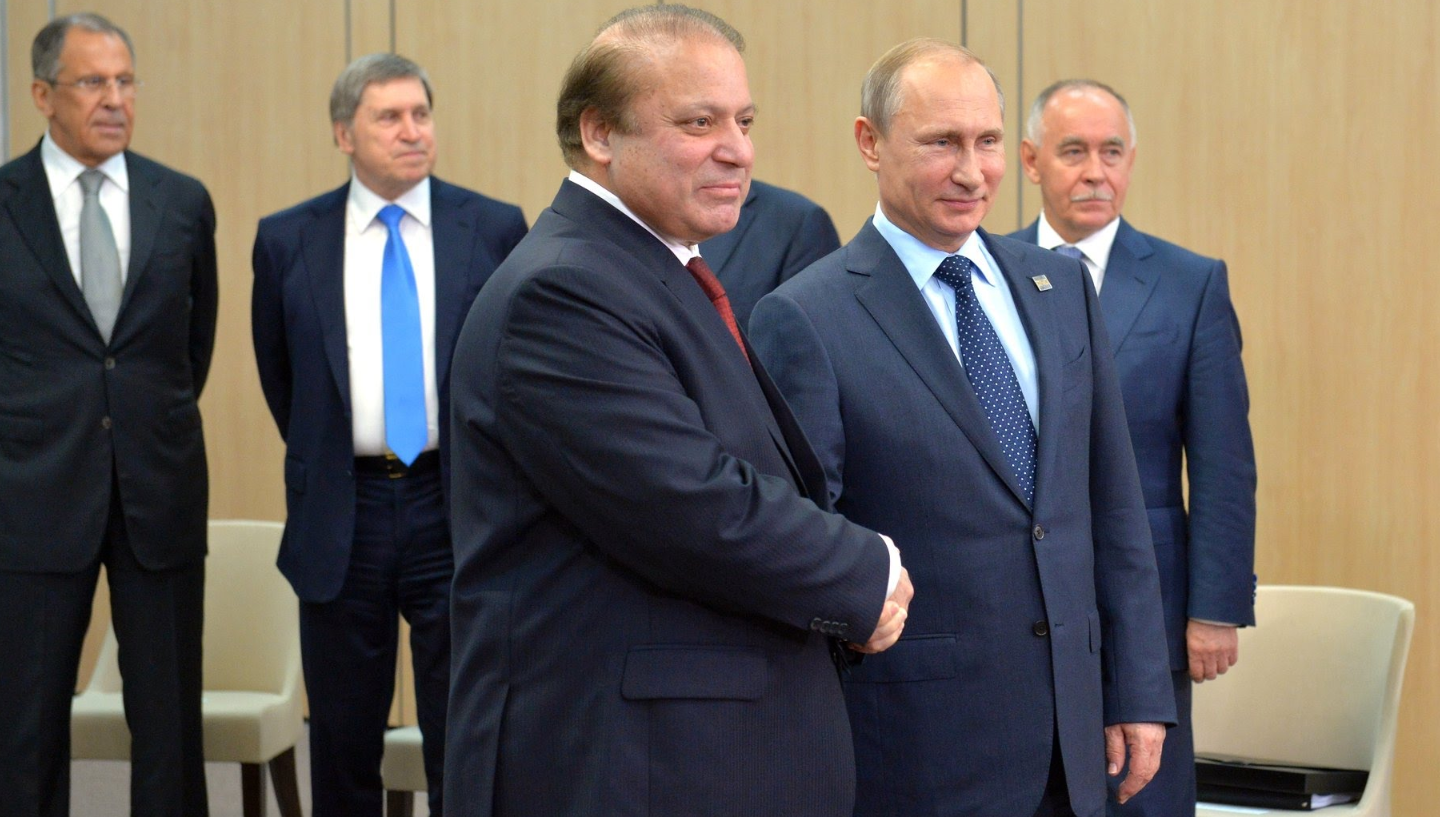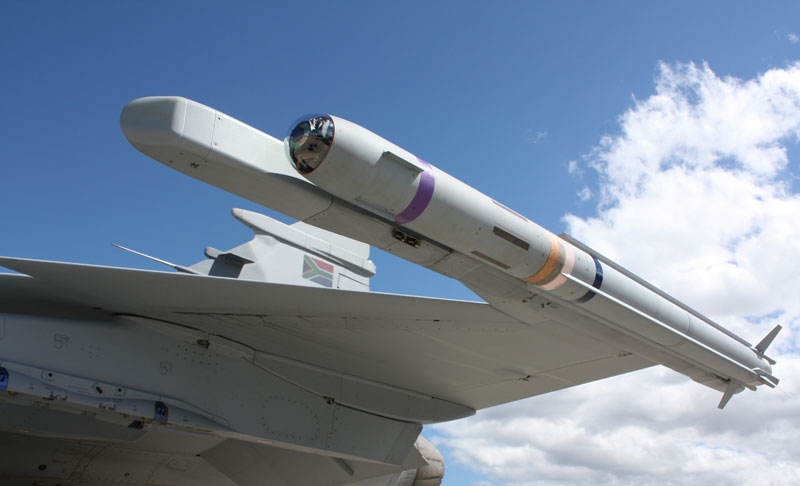36Views 11Comments

Pakistan’s first AH-1Z attack helicopters on-track for 2017 delivery
As per Bell Helicopter (via Shephard Media), the Pakistan Army’s first batch of Bell Helicopter AH-1Z Viper attack helicopters are on track for delivery in 2017.
At the 2017 Paris Air Show, Bell Helicopter’s vice president of international military sales Rich Harris told journalists that the first three helicopters (from an order of 12) are undergoing final assembly in Amarillo, Texas. Harris stated that the remaining nine will be delivered to Pakistan in 2018.
The U.S. State Department approved a sale of 15 AH-1Z to Pakistan in April 2015 along with 1,000 AGM-114R Hellfire II laser-guided air-to-surface missiles. The cumulative value of the package (including training, logistics and maintenance support) is $952 million U.S. Pakistan ordered the first three aircraft in August 2015, which it then followed-up with an order of nine in April 2016.
It is not known if Pakistan will order the three remaining AH-1Z, though the original sale proposal released by the Defence Security Cooperation Agency (DSCA) did not specify any optional aircraft (from the 15).
The AH-1Z is powered by two General Electric T700-GE-401C turboshaft engines, each providing 1,800 shp in output. The AH-1Z has a maximum take-off weight of 8,390 kg and maximum payload capacity of 16 anti-tank guided missiles (ATGM).
Pakistan’s AH-1Z will also come configured with Thales TopOwl helmet-mounted display (HMD) systems, Lockheed Martin AN/AAQ-30 Target Sight System electro-optical and infrared (EO/IR) pods, BAE AN/ALE-47 chaff/flare countermeasure dispensers, Northrop AN/APR-39C(v2) radar warning receivers (RWR) and Orbital ATK AN/AAR-47 missile warning receivers.
Notes & Comments:
Bell Helicopter is a division of Textron, which also owns – among others – The Cessna Aircraft Company and Beechcraft Corporation. Pakistan operates Cessna 208 and T206H as well as Beechcraft King Air 350 aircraft in logistics and intelligence, surveillance reconnaissance (ISR) roles, respectively.
The Pakistan Army sought the AH-1Z to begin supplanting its AH-1F/S Cobra attack helicopters, which had seen significant use as close air support (CAS) assets in Pakistan’s counterinsurgency (COIN) campaign in its northwest regions over the past decade. It also ordered four Russian Helicopters Mil Mi-35M assault helicopters for $153 million (with the requisite support equipment).
In comparison to the AH-1F/S, the AH-1Z is a much heavier machine. Besides a markedly larger payload, the AH-1Z is a more sophisticated aircraft benefitting from integrated subsystems, such as EO/IR pod (for situational awareness and ATGM targeting), countermeasures suite for anti-air warfare threats and HMD for seamlessly cueing the EO/IR pod to targets.
These qualitative gains will augment the Pakistan Army’s Aviation Combat Group, enabling fewer AH-1Zs to emulate the operational impact of a larger AH-1F/S force (at least in Pakistan’s COIN theatre). The Mi-35M will likely exhibit analogous subsystems to the AH-1Z, but will also provide lift capability (for troops, supplies and medical evacuation).
Pakistan also evaluated the Turkish Aerospace Industries (TAI) T-129 ATAK and Changhe Aircraft Industries Corporation (CAIC) Z-10 in 2016. Both platforms sit in the same weight and capability class, which suggests that the Pakistan Army examined the prospect of augmenting the AH-1Z with a lighter machine. The intent for another attack helicopter – and accompanying expansion of the Aviation Combat Group – is likely to provide adequate CAS coverage for the Army’s armour and infantry on its eastern flank.
TAI’s General Manager Dr. Temel Kotil visited Pakistan Aeronautical Complex (PAC) at the end of May, offering partial parts manufacturing for the T-129 should Pakistan select it. The T-129 ATAK would also provide Aselsan, Roketsan and Havelsan opportunities to expand their respective market share in Pakistan through subsystem, munition and ancillary system sales.


